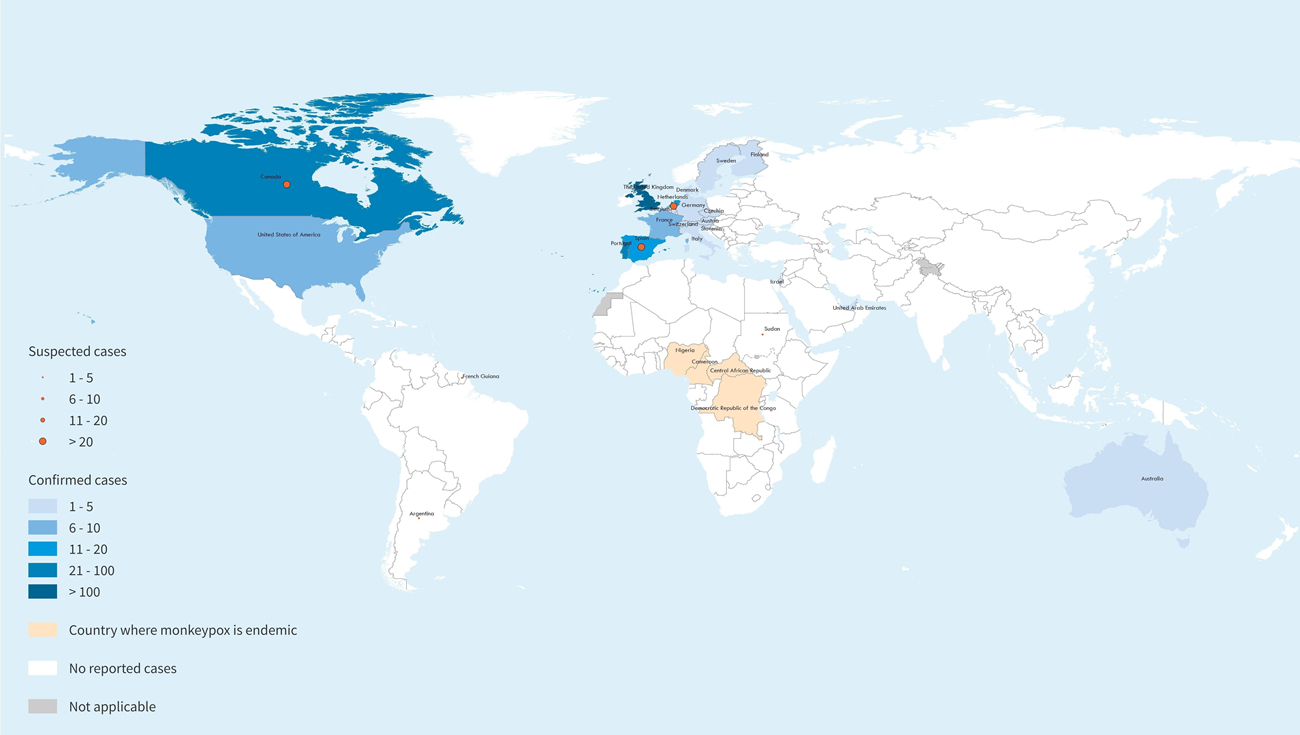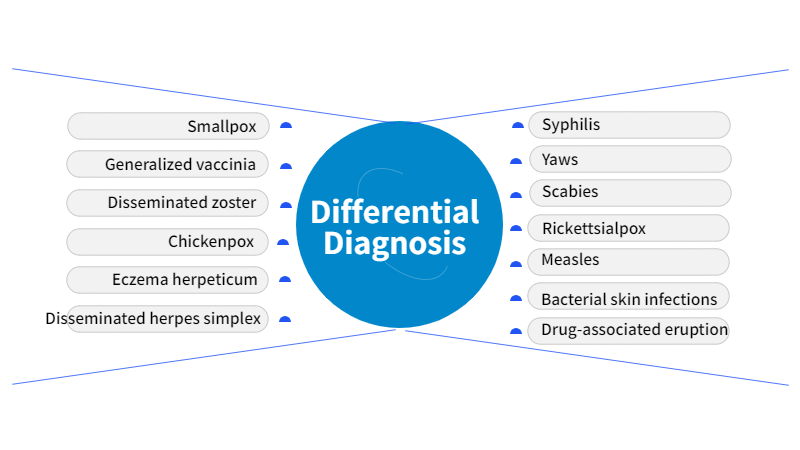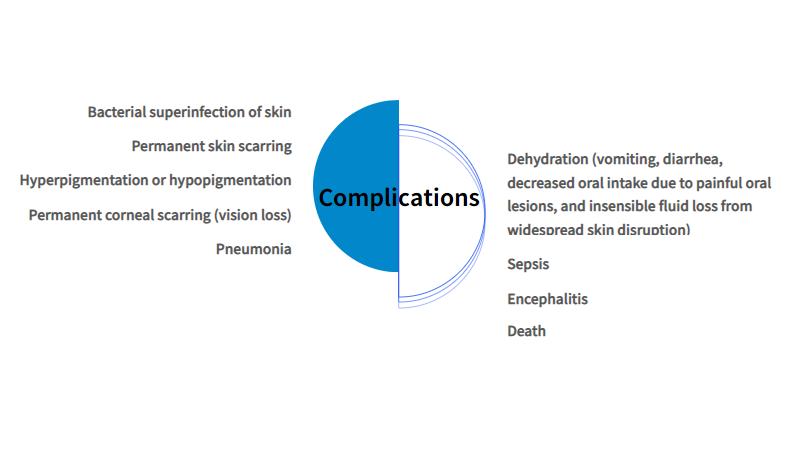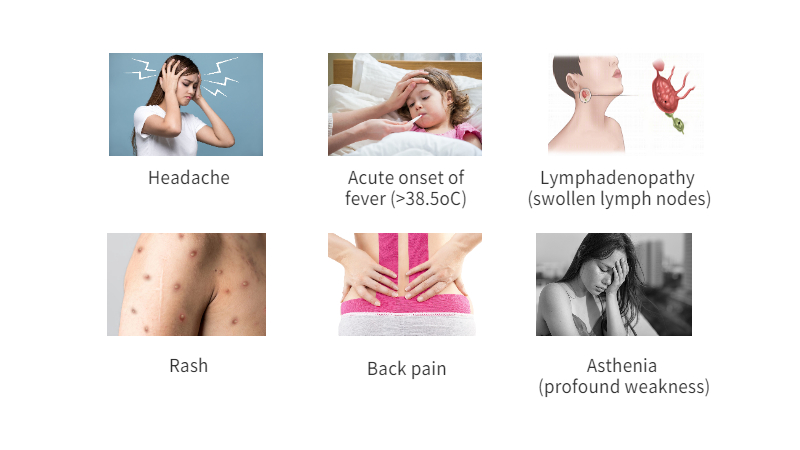
Map of confirmed and suspected monkeypox cases in non-endemic areas between 13 and 21 May 2022.(Data source: World Health Organization)
Monkeypox virus was first isolated and identified in 1958 when monkeys shipped from Singapore to a Denmark research facility fell ill. However, the first confirmed human case was in 1970 when the virus was isolated from a child in the Democratic Republic of Congo suspected to have smallpox.
Two outbreaks and three isolated cases have occurred outside of Africa. In 2003, Gambian giant rats imported from Ghana infected cohabitant prairie dogs sold as household pets in the Midwestern United States. This resulted in fifty-three human cases of monkeypox. In October 2018, one case occurred in a man who traveled from Nigeria to Israel. In May 2019, one case occurred in a man who traveled from Nigeria to Singapore.
Recently World Health Organization also reported number of cases of monkeypox in endemic countries between 15 December 2021 to 1 May 2022.

Differential Diagnosis

There are two distinct clades of the monkeypox virus. The West African clade has a more favorable prognosis with a case fatality rate below 1%. On the other hand, the Central Basin clade (Central African clade) is more lethal, with a case fatality rate of up to 11% in non-vaccinated children. Aside from potential scarring and discoloration of the skin, the remainder of patients typically fully recover within four weeks of symptom onset.

The WHO states that one or more of the following signs or symptoms have been present since 15 March 2022:

Treatment / Management
Currently, there are no specific clinically proven treatments for monkeypox infection. As with most viral illnesses, the treatment is supportive symptom management. There are, however, prevention measures that can help prevent an outbreak. The infected individual should remain in isolation, wear a surgical mask, and keep lesions covered. Laboratory diagnosis is important because the virus can cause disease that is clinically indistinguishable from other pox-like illnesses, particularly smallpox and chickenpox.
Therefore, Biotime is soon going to launch 3 different Monkeypox detecting test kits to world, such as: MPV Quantitative Test (Realtime PCR), MPV Rapid Quantitative Test (eRDA) and MPV IgG/IgM Rapid Qualitative Test. Where MPV Quantitative Test (Realtime PCR) and MPV Rapid Quantitative Test (eRDA) designed for the quantification of Monkeypox Virus (MPV) DNA extracted from skin, fluid, or crusts collected directly from skin lesions. On the other hand MPV IgG/IgM Rapid Test is a qualitative membrane based immunoassay for the detection of IgG and IgM antibodies to MPV in human serum, plasma,whole blood or fingertip blood.
Principles:
1. MPV Quantitative Test (Realtime PCR) is based on Realtime PCR for qualitative detection of MPV. Fluorogenic probe hydrolysis chemistry is used to generate fluorescent signal when a specific DNA sequence of MPV is amplified. The primers and probe target specific sequences of MPV, and do not react with nucleic acids of other pathogens.
2. Principle of MPV Rapid Quantitative Test (eRDA) is LF Probe are used with this kit, and are intended for the detection by so-called ‘sandwich’-assays. The probes consist of an oligonucleotide backbone with a 5’-antigenic label, an internal abasic nucleotide analogue WHICH REPLACES A NUCLEOTIDE, and a polymerase extension blocking group at the 3’ end.
3. During testing, specific MPV IgG and/or IaM antibodies, if present in the specimen, will react with the MPV antigen-coated particles, which have been pre-conjugated with the color nano particle and sprayed on the label pad.
Reference
Cho CT, et al., Bacteriol Rev. 1973 Mar;37(1):1-18.
Ladnyj ID, et al., Bull World Health Organ. 1972;46(5):593-7.
Nguyen PY, et al., Emerg Infect Dis. 2021 Apr;27(4)
Sklenovská N, et al., Front Public Health. 2018;6:241
Monkeypox. Wkly Epidemiol Rec. 2011 Oct 07;86(41):448-51
McCollum AM, et al., Clin Infect Dis. 2014 Jan;58(2):260-7
Reynolds MG, et al., Biodefense Research. Viruses. 2017 Dec 12;9(12)
Centers for Disease Control (CDC). Morb Mortal Wkly Rep. 2003 Jun 13;52(23):537-40.
Erez N et al., Emerg Infect Dis. 2019 May;25(5):980-983
Yong SEF et al., Emerg Infect Dis. 2020 Aug;26(8):1826-1830